The Charles Darwin Foundation Launches First Digital Dashboard for Introduced Species in Galapagos
Puerto Ayora, Galapagos, 16 October 2024 – The Charles Darwin Foundation (CDF) is pleased to unveil the Galapagos Introduced Species Dashboard, the first open-access digital repository of information about species introduced to the Galapagos Islands. This online interactive dashboard provides real-time data about how many species have been introduced—both intentionally and accidentally—into the fragile ecosystems of the archipelago, how they got there, and whether they are causing harm, or have the potential to do so. The resource is being made publicly available ahead of COP16, offering vital insights for identifying and managing pathways of introduction of non-native species and prioritizing conservation and management actions for those that have established populations in the archipelago.
Since the discovery of the Galapagos Islands in 1535, it is estimated that at least 1,639 species have been introduced to the islands. The first records date back to the 1600’s, with the introduction of the black rat and house mouse. 52% of the species introduced to Galapagos are plants, followed by 42% invertebrates, most of which are insects. The remaining 6% of introduced species include vertebrates, fungi, bacteria, and viruses.
Invasive Species: a growing and urgent threat
Some introduced species become invasive, allowing them to proliferate unchecked, particularly when they lack natural enemies or strong competitors in their new environment. Invasive species are considered one of the greatest drivers of extinctions in island ecosystems and are one of the most significant threats to the delicate balance of life in the Galapagos. According to the dashboard, 4% of all introduced species in the Galapagos are classified as "invasive," including 36 plant species, 11 vertebrates, and 12 invertebrates (primarily insects).
The blackberry Rubus niveus is one of the most destructive invasive plants in Galapagos, contributing to the depletion of endemic Scalesia forests in the archipelago’s highlands. Similarly, the introduced Cedrela odorata tree has been found to alter the migratory routes of giant tortoises on Santa Cruz Island, according to a recent CDF-led study, with long-term implications for these Ecosystem engineers. Meanwhile, the Avian vampire fly (Philornis downsi), attacks at least 21 species of Galapagos landbirds, including 12 species of Darwin’s finches, and is driving substantial population declines in at least 8 species. This includes the critically endangered Mangrove Finch (Camarhynchus heliobates) which CDF scientists and Galapagos National Park rangers are trying to save from extinction. All these invasive species disrupt ecosystems, alter habitats, decimate endemic and native species, and pose a serious threat to the unique biodiversity of the Galapagos. And all are enormously costly to eradicate and control, while mitigation takes years if not decades.
Another 5% of introduced species are classified as "potentially invasive", meaning they are considered invasive elsewhere in the world and could become a serious threat to Galapagos ecosystems and their functions. Notably, the dashboard also reveals that 51% of introduced species have insufficient data about their invasion level, highlighting the need for further study and resources to address these unknown risks.
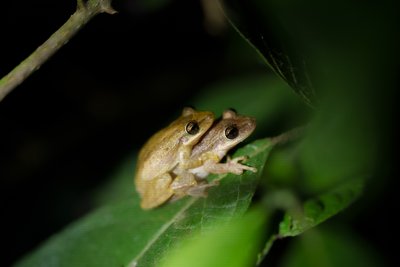
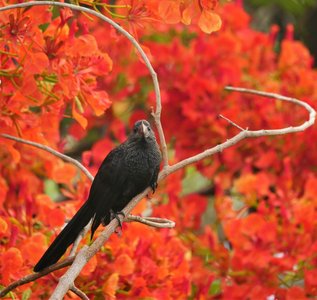
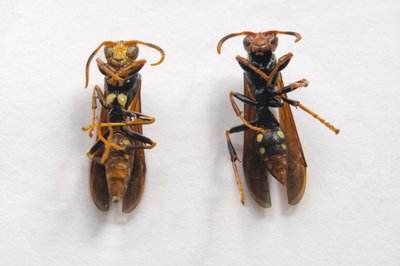
A critical tool for conservation action
The dashboard is a critical tool for students, scientists, policymakers, and conservationists. By keeping track of introduced species, the dashboard will enable better prioritization of conservation and management efforts, biosecurity improvements, and the dissemination of science-based information about these species as set out in Galapagos’ Invasive Species Management Plan (2019-2029). The data also supports global conservation goals, such as Target 6 of the Kunming-Montreal Global Biodiversity Framework, which aims to reduce the impact of invasive species by 50% by 2030.
“By providing easy access to real-time data on introduced species, their pathways, and their status in Galapagos, this platform will allow decision-makers, researchers, and conservationists to make informed, timely decisions to prioritize management efforts, strengthen biosecurity measures, and prevent further harm to these delicate ecosystems. This dashboard is a vital tool for ensuring that both terrestrial and marine species in the Galapagos can continue to thrive in the face of growing environmental threats,” says Charlotte Causton, Principal Investigator at the Charles Darwin Foundation.
Arturo Izurieta Valery, Director of the Galapagos National Park adds: “As stewards of one of the world's most fragile and unique ecosystems, this tool will allow us to prioritize actions, improve management measures, and ensure that our decisions are based on solid scientific information. We are grateful to the Charles Darwin Foundation for this valuable initiative, which will be essential for the protection of Galapagos biodiversity in the years to come.”
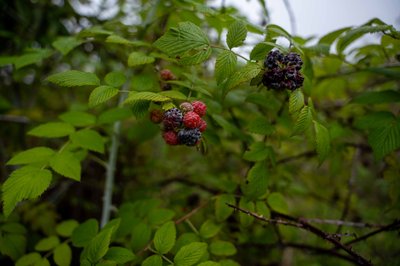
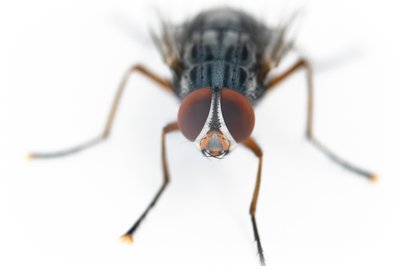

Marine threats in and beyond Galapagos
While most introduced species in the Galapagos are terrestrial, 59 species have been recorded in the Galapagos Marine Reserve, primarily introduced via boat hulls, floating plastics and ballast water. As a result of long-term monitoring activities and increasing marine research efforts, this number is expected to rise. Protecting these ecosystems will require enhanced biosecurity measures to prevent the introduction of additional species—a challenge that extends beyond the Galapagos.
The introduced species dashboard complements tools such as GalNEMO, launched by CDF and collaborators in 2023, which tracks marine biodiversity and ecosystem health in the archipelago. Together, these tools offer a more comprehensive view of the biodiversity challenges facing the Galapagos marine life, both from native and introduced species perspectives.
How the introduced species dashboard works
The dashboard, built and designed by CDF’s dedicated data science team, is available to the public at: https://datazone.darwinfoundation.org/en/introduced-species
The data displayed is populated through surveys by scientists, the Galapagos Biosecurity Agency (ABG), and Galapagos National Park rangers. Reports from the public also contribute to the repository. New data are continuously curated and added, with the goal of providing the most accurate and up-to-date information possible. Users can explore broad trends, analyze species groups, and delve into individual records of introduced and invasive species by downloading the data into Excel and constructing their own analysis. All species listed in the dashboard can be found in CDF’s Galapagos Species Database.
The dashboard was made possible thanks to the generous support of the Gordon and Betty Moore Foundation and COmON Foundation.
For media enquiries, please contact:
Charles Darwin Foundation
Ambre Tanty-Lamothe or Leslie León
comunicacion@fcdarwin.org.ec
About the Charles Darwin Foundation
The Charles Darwin Foundation for the Galapagos Islands (CDF) is an international nonprofit organization present in Galapagos since 1959, operating under a special agreement with the Government of Ecuador. Its mission, and that of its Research Station, is to address the greatest threats and challenges facing Galapagos through scientific research and conservation actions, with the goal of protecting one of the world’s most important natural treasures. Currently, CDF carries out more than 25 research and conservation projects and is the custodian of more than 135,000 specimens within its Natural History Collections. Our diverse team of more than 140 people is predominantly composed of Ecuadorian citizens, with over 60% being residents hailing from the Galapagos Islands. For more information, visit: www.darwinfoundation.org




